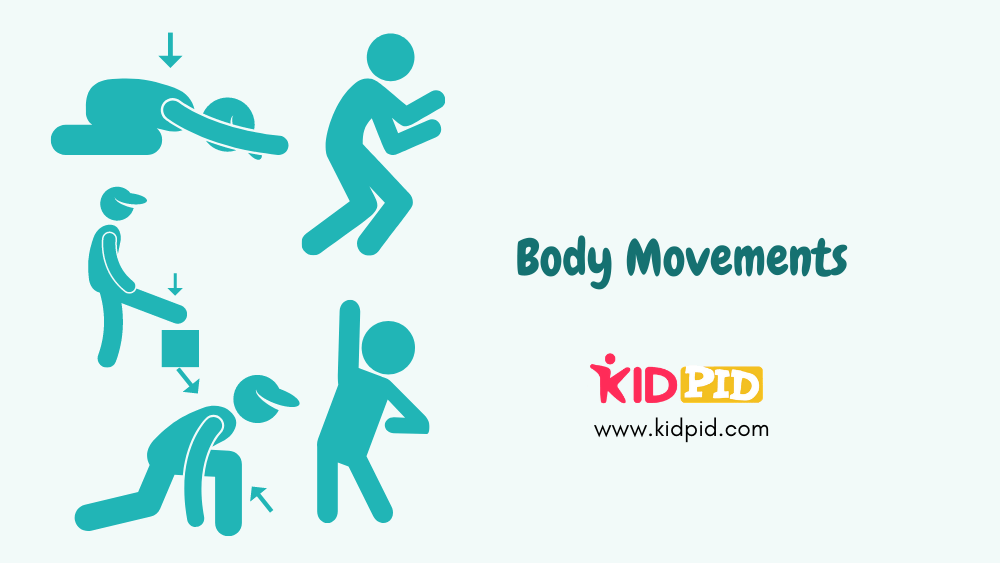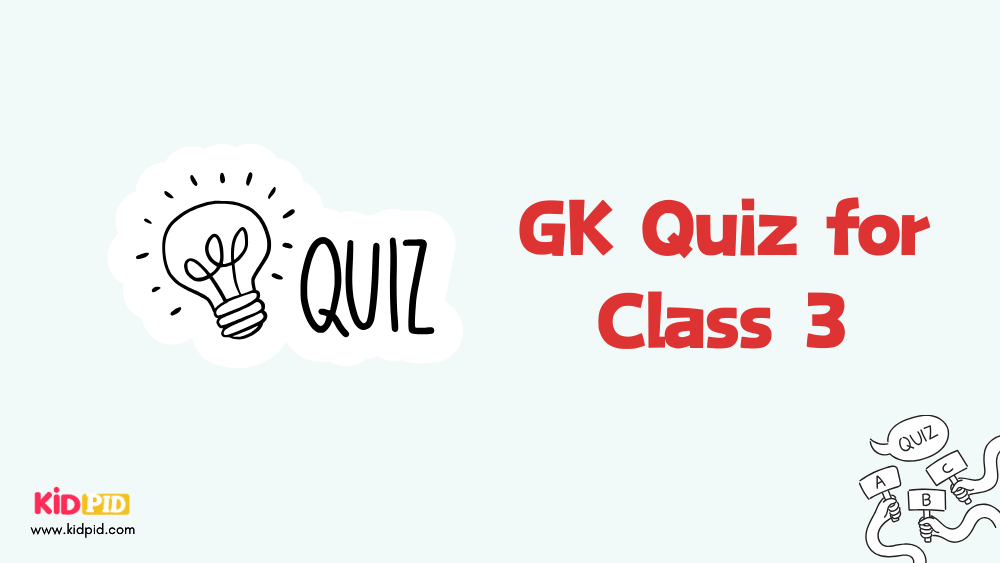Body Movements

Body Movement is referred as the movement of the body. The movement can be in any direction it can be up, down, left or right. A human body has abilities to do different movements with the help of different parts of their body. Like, in neck, shoulders, hands, fingers, back, thighs, legs and ankles. When we walk, play or run our legs and ankles are in movement, when we talk or eat our jaw bone is in movement, when we see left or right in any direction then our neck is in movement.
All these movement are possible because of Joints present in our body. The Ball and Socket Joint that is present in our shoulder, the hinge joint present in knees and many more. We will study about these movements and joints in detail now.
Contents
Types of Movements
1. Neck Movements
It is the moment present in our neck which can go left to right and right to left. It helps a human to move their head in different directions that are up, down, left and right. Neck moment cant be turned 360, it can go to an angle of 90 degrees right and 90 degrees left.
2. Wrist Movement
The wrist is the part of our body that connects our hand to our forearm. Keep your palm flat in the air, and then try moving it up and down as our wrist is very flexible. It is made up of several small bones known as Carples. A Carpel is the smallest bones present in a human body.
3. Finger Movement
A finger is a part of the human body, it helps the body to feel sensation touched by the hands. Humans have five fingers in each hand which are made of bones each finger includes two or three joints because of which they are able fold. The first finger is the thumb, followed by index finger, middle finger, ring finger, and little finger or pinkie.
4. Knee Movement
In humans, the knee joins the thigh with the leg and consists of two joints. It is the largest joint in the human body. The knee is a hinge joint, which permits flexion and extension as well as internal and external rotation. If the knee is injured o fractured it will take months to gather itself back.
5. Ankle Movement
The joint connecting the leg and the foot. It helps in walking, jumping, running and sitting. It is present in lower level of the body. It is attached which the earth’s gravitational pull which pull feet down in order to walk. Therefore, there is a direct relationship between the feet and the earth’s gravitational force.
6. Toe Movement
Toe movement is generally flexion(movement of feet towards) and extension(movement of the back of the foot) via muscular tendons(a tendon is which attaches the muscles and bones with each other) that attach to the toes.
7. Back Movement
The structure of the spine facilitates all the movements of the body together. Forward bending of the spine is known as flexion, back bending is called extension, side to side bending is lateral flexion, and turning from side to side is an example of the term rotation. It involves he different movement a human back can perform.
8. Elbow Movement
When your forearm moves towards your body by bending at your elbow, it’s called elbow flexion. The opposite movement is called elbow extension. It involves the movement of hands, forearms and shoulders, as all of these are interconnected with each other.
The three bones involved in elbow flexion are the:
- Humerus in your upper arm.
- Ulna on the little finger side of your forearm.
- Radius on the thumb side of your forearm.
9.Arm Movement
The Arm is the part of the upper limb between the shoulder joint and the elbow joint. Arm takes help of the shoulder and the wrist hand to perform an action or any movement, as it is present in between. Therefore, it is dependent on shoulders, hands and the wrist.
Joints in Human Body
Joint is a point at which two separate bones meet. Joints are entitled together with the help of ligaments present in between them. Joints can be classified on the basis of there movement. There are three main types of joints in human body. They include fixed or immovable joints, slightly movable joints and freely movable joints.
1.Fixed or immovable joints
These are the joints which do not allow the structure to move but they offer protection for the structure in which they are present. They can’t be move as the whole structure of the human body depends on these joints. These joints can be moved due any accident which may lead to body posture damage. Examples of immovable bones are ribs in the breast bone, bones of the hip girdle.
2. Slightly movable joints
They provide support to the structure in which they are present. They also help the structure to move slightly. Example includes joints of the lower jaw which are slightly movable.
3. Freely movable joints
These are the joints which can be moved easily in up or down and left or right direction.They help in the movement of the structure or organ in which they are present. Four immovable joints present in our body that are Ball and socket joint, Pivot joint, hinge joint and the gliding joint.
4. Ball and socket joint
It is formed by two bones in which one end of a bone is rounded and ball-like and the other bone is like a socket in which the ball will settle. Both the bones fits into each other and forms a cup-like depression of the other bone. This joint provides movement in any direction. Examples of a ball and socket joint are shoulder joints and hip joints.
5. Pivot joint
This is the joint in which one bone fits into a ring formed by the other bone. It rotates over the pivot-like end of the other bone. Example is the joint which joins the neck to the head. Head rotates over the neck.
6. Hinge joint
This is a joint which moves like a hinge in a single plane not more than 180 degrees. It provides back and forth movement of the structure. This is a joint which can be compared to that of a hinge in the door. Examples of a hinge joint are the elbow joint and the knee joint.
7. Gliding joints
This is a joint which allows bones to glide over each other. These types of joints provide little movement in all directions. These are the joints present at the ankles, wrist and between vertebrae.






Responses